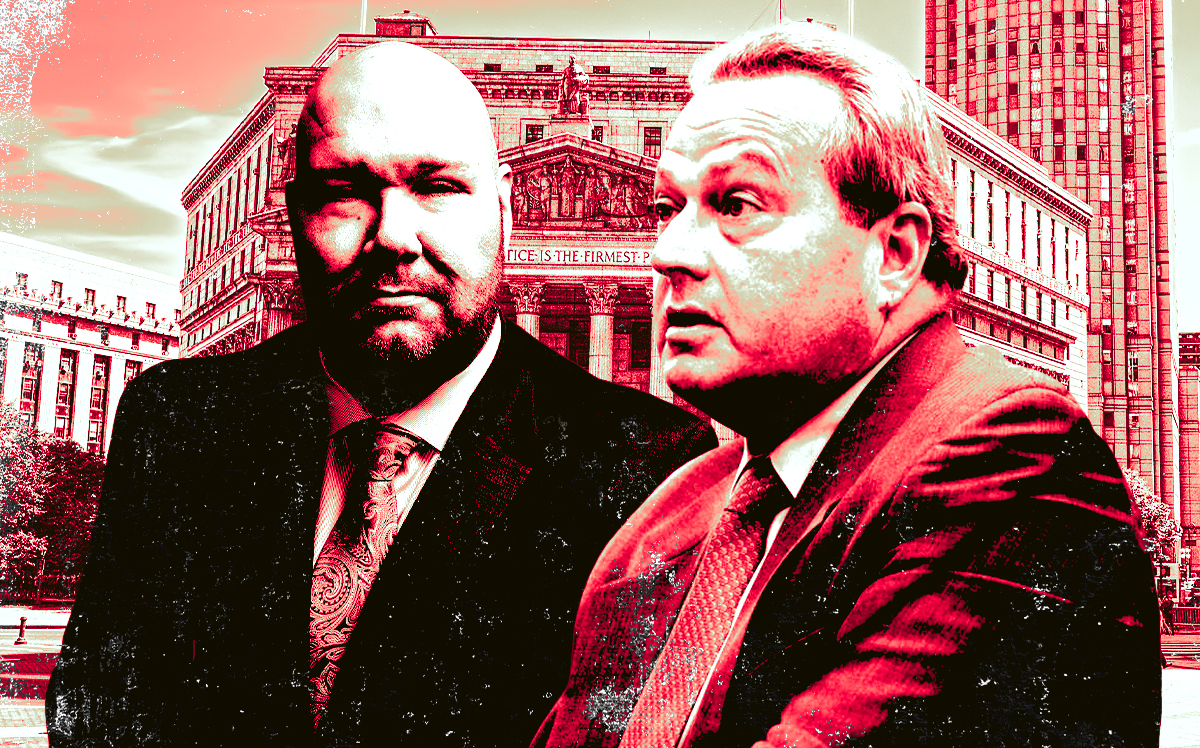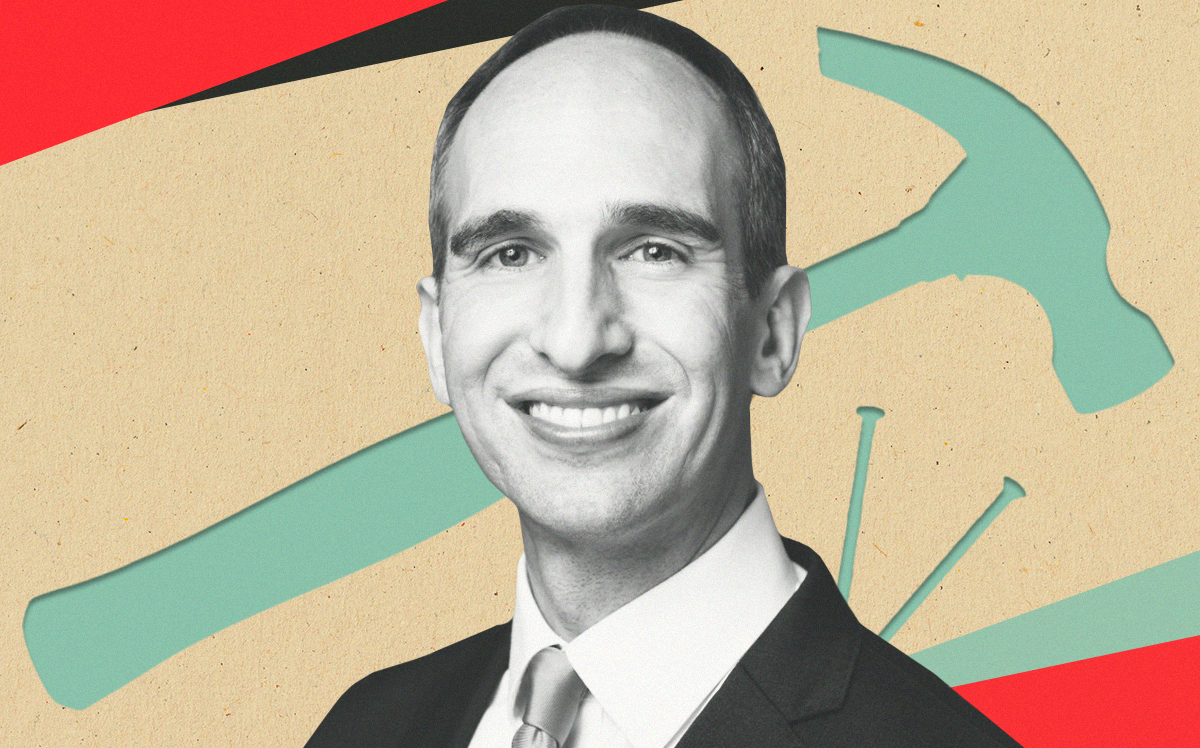When New York overhauled rent stabilization in the 1990s, it gave landlords new reasons to evict: generous rent hikes for vacancies and renovations — and if the increases were large enough, freedom to charge free-market rents.
One way to oust tenants was to prove they spent more than half the year in a second home.
“Non-primary-residence cases really took off,” said tenant attorney Sam Himmelstein, who remembers landlords using private investigators and hidden cameras to track tenants.
Then the 2019 rent law passed and residency challenges nearly disappeared. “They dropped overnight,” Himmelstein said.
By eliminating the 20 percent vacancy bonus, drastically curtailing rent increases for renovations, and severing nearly every route for landlords to charge free-market rents, the new law killed the financial incentive to evict a rent-paying tenant.
Suddenly, people who kept rent-stabilized apartments as New York City pieds-à-terre or sublet them no longer had to pretend they lived in them. Those uses remained illegal, but the primary enforcers — landlords — found themselves better off just collecting checks.
In a city starved for affordable housing, freeing tenants to keep rent-regulated units as crash pads seemed to contradict the intent of the new Housing Stability and Tenant Protection Act.
“A landlord would be crazy to kick a paying tenant out for a non-primary residence right now,” an owner using the handle WestHarlm tweeted in December. “The eviction would take years and cost tens of thousands … and then you can’t raise the rent.”
Absentee tenants now welcomed
Non-primes, as the cases are known in the industry, were once “the most common case in my practice,” said Himmelstein, of Himmselstein McConnell Gribben & Joseph. He estimated that they fell from 1 in 4 cases to about 1 in 20.
James Fishman, a tenant attorney and founder of Fishman Law, said his practice gets 80 percent fewer non-prime cases than it did before the June 2019 law. The state’s Office of Rent Administration does not track non-primary residence filings, a spokesperson said.
Not only does venturing into housing court entail legal fees and delays, but bringing a case might even push a tenant to withhold rent, a risk cash-strapped owners dare not take.
“I now have landlord lawyers telling me: ‘My clients say that the non-prime cases are their best tenants because they pay their rent on time and they don’t make trouble,’” Himmelstein said.
Though non-primes plunged, they didn’t go away entirely. Landlords are still bringing suits if they think they have a shot at deregulating a unit, which is allowed if an owner is converting a rental building to a co-op or condo.
“The primary-residence cases that I’m getting now are pretty much all condo and co-op,” Fishman said.
Another reason for an owner to file a non-prime case is to create a “frankenstein” apartment. The 2019 law lets landlords set a new first rent if they combine vacant apartments. The apartment remains stabilized, but the one-time rent boost can make going to court worthwhile.
Some legislators are looking to close that loophole, though, so those cases could vanish, too.
Owners whose tenants rent out their apartments to subletters or on Airbnb also bring non-prime cases, Himmelstein said — not to deregulate the unit, but to stop the unauthorized use and avoid fines.
Magnitude, unknown
Although attorneys are certain that landlords are filing fewer non-primes, it’s hard to gauge if more tenants are illicitly keeping rent-stabilized apartments in the city while spending most of the year in Florida or elsewhere.
Facebook groups for city expats, such as Into the Unknown, show stabilized renters weighing the risk of keeping their regulated apartment while living elsewhere.
“Going through this right now,” one rent-stabilized tenant wrote. “Trying to hold on to it and also lease for a year in Long Island.”
Tenants can legally justify not living primarily in their rent-stabilized apartment if their profession requires they be elsewhere — touring musicians, for example — or because of a family illness.
Some are now citing the pandemic as a valid rationale for leaving, Himmelstein said. There has yet to be a decision in one of those cases, but the attorney said they could fall under the illness excuse.
Despite Covid and the change in incentives for landlords, Himmelstein said, “My instincts tell me that most tenants are still following the rules and are still worried that if they spend too much time away, they could be brought to court.”
Some Facebook users reflect that sentiment.
“Just an add on about subletting a rent-stabilized unit: DO NOT RENT IT,” one user wrote last year. “I lived by myself in a rent-stabilized unit and have seen neighbors lose theirs for this reason.” Those cases might have preceded the new law, however.
Regardless of how many rent-stabilized units are being held for occasional use, some landlord lawyers say it’s the principle that matters.
The rent law created “a significant class of regulatory protected pied-a-terres during a housing shortage,” Sherwin Belkin wrote in a LinkedIn post last year. “Exactly what rent stabilization was NOT intended to create or protect.”
Read more


